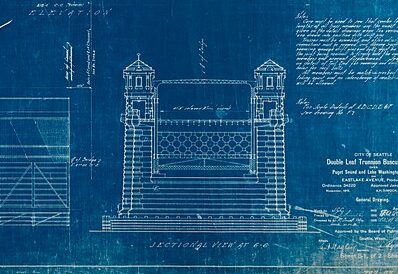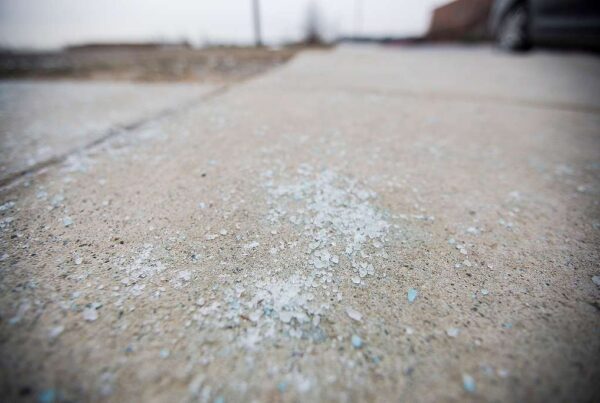Let’s Talk Capital Repair Projects
In today’s evolving infrastructure landscape, the role of a structural engineer is paramount, especially when it comes to repair projects for condominiums or homeowners associations (HOA). Their contribution not only ensures that the repair works are of high quality but also that the process remains transparent and in line with the expectations of the board members and stakeholders.
1. Site Visit and Development of Drawings and Specifications:
The first phase of a structural engineer’s involvement begins with an on-site visit. This step is vital for several reasons:
- Scope Definition: Here, the engineer determines the precise scope of work for the project. This scope is what contractors will refer to when submitting their bids.
- Ensuring Effective Bids: By defining a clear scope of work, the association can be confident that they are receiving competitive bids.
- Addressing Core Issues: The main objective is to ensure that the scope of work directly tackles the challenges or issues that the project aims to resolve. This preemptive approach can save a lot of time, money, and hassle in the long run.
2. Bid Review and Analysis:
Once the groundwork is laid out, the structural engineer aids the association in the bid process. This phase includes:
- Soliciting Bids: The engineer helps the association reach out to contractors to garner bids.
- Pre-Bid Meeting: A meeting is conducted with potential contractors, offering them an opportunity to raise questions related to the scope of work. This ensures clarity and sets the stage for a smooth project execution.
3. Construction Monitoring:
With a contractor chosen and the project in motion, the engineer’s role doesn’t end. They step into a crucial monitoring phase:
- Acting as Owner’s Representative: The engineer observes the ongoing work, ensuring the work aligns with the set standards, and keeps the board updated about the contractor’s progress.
- Addressing On-Site Questions: Throughout the project, challenges or questions may arise. The engineer is present to provide solutions, ensuring that the project remains on track.
- Adapting to Changes: Sometimes, unexpected situations may call for a change in specifications. The engineer’s expertise is vital in making necessary modifications without compromising the project’s integrity.
One cannot emphasize enough the risks associated with bypassing the involvement of a licensed structural engineer in the early stages of a project. Without a clear, professionally-defined scope, the board might end up investing significant sums without resolving core issues. Comparing bids from different contractors who each have their unique scope of work, materials, and methods can also prove futile.
In conclusion, a structural engineer’s role in condominium or HOA repair projects is indispensable. They ensure that the project stays on track, costs remain within budget, and the desired outcomes are achieved seamlessly.




